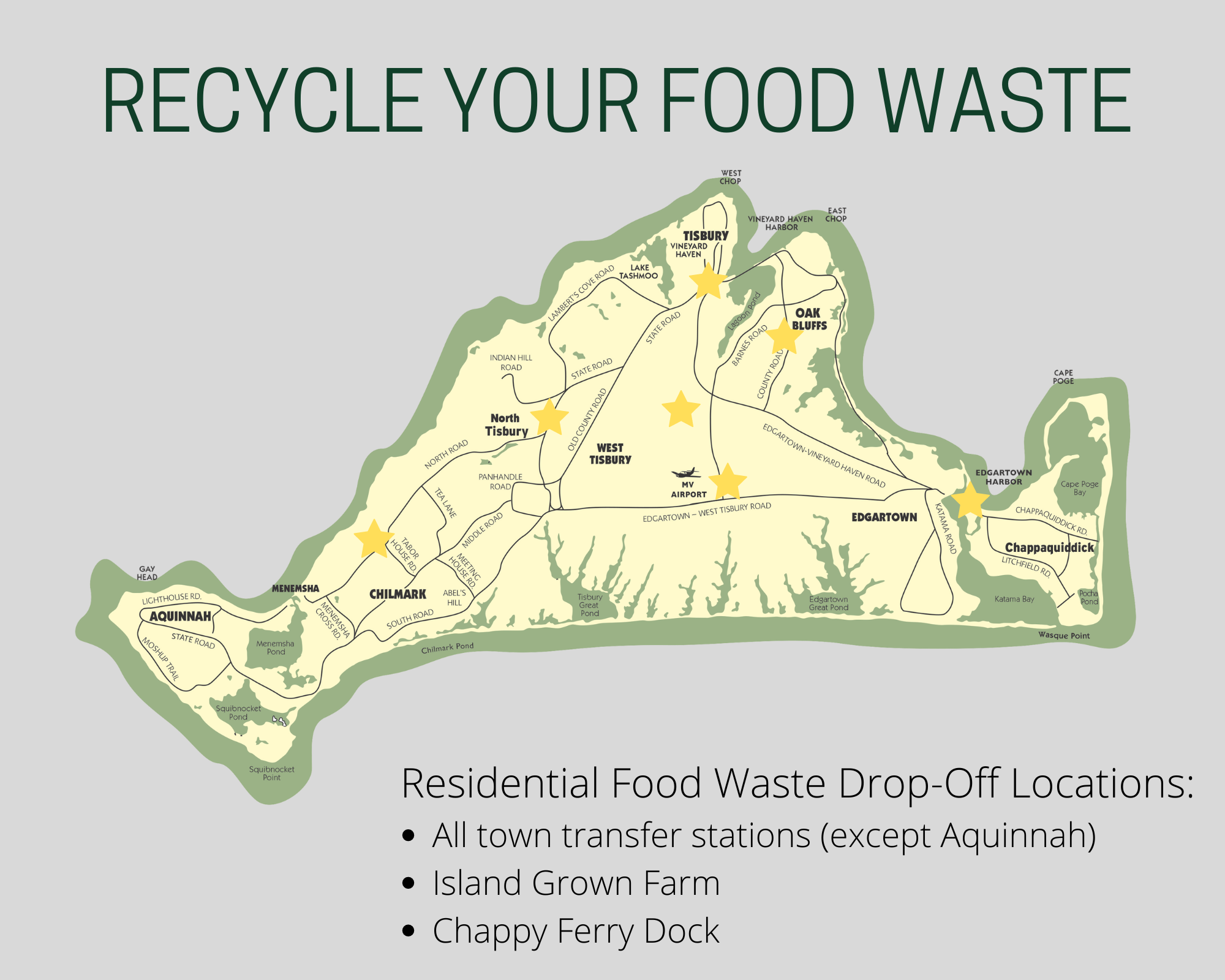MA CURRICULUM FRAMEWORKS
3-LS4-3, Can be expanded to 5-ESS3-1, 5-LS2-1,2
OBJECTIVE
Students will understand the difference between aerobic and anaerobic and will understand the environmental impact of landfills versus landfills
ESSENTIAL QUESTIONS
Why should we compost food waste instead of throwing
it away?
MATERIALS NEEDED
One 5-gal bucket with a lid, or 10-12 plastic containers
(Tupperware, large soda bottles, etc.) with tight lids.
Soil, food scraps, whiteboard or chalkboard
PROCEDURE
Intro
Begin your lesson with a quick review about food waste. Who throws food away, and why? What
happens to food when we throw it away? We can either throw it into a compost bin, or if we throw it in
the trash it will be brought to a landfill. In a compost bin, our food will be broken down into nutritious
soil with help from the FBI (Fungus, Bacteria, and Invertebrates) that can then be used in gardens. But
what happens in a landfill?
Many people think that once food goes into a landfill, composting will still take place, so even though
other materials will be mixed in and we won’t be able to use the resulting soil, food in a landfill will not
make that big of a difference. What do your students think?
Air! What difference do you think air makes in the decomposition process? Gather a couple ideas from
your students. The biggest difference it makes is the type of bacteria that will be present in both
locations. In a compost pile, aerobic bacteria will be present (or, bacteria that requires oxygen to live),
whereas anaerobic bacteria (bacteria that can live without oxygen) will be present in landfills. These
two different types of bacteria process food very differently.
Activity
To demonstrate the difference between these two types of bacteria, we will build mini landfills to
compare and contrast with our garden compost. You can either choose to do this activity as an entire
class and do a simple experiment where you build a small landfill model in one large 5 gallon bucket,
or you can split your class into pairs or groups of three and make smaller models in plastic containers
like Tupperware or large bottles.
Start by explaining that landfills are usually created by digging a shallow hole into an existing patch of
earth. For our model, we will line the bottom layer of our bucket or bottles with a little bit of soil, and
make a shallow will in the middle. Why must the holes in landfills be shallow? Encourage your students
to think about what important resource might be underground that we don’t want affected by piles of
trash. It’s water! Do a quick brainstorm about whether or not most food waste compost piles need to be
considerate of groundwater as well.
Next, we must fill up our landfill. You can use food scraps from the cafeteria and some paper if you
want (if you wanted to expand the lesson, you could include pieces of plastic or metal to show how
slowly they decompose, but since this lesson is mostly about what happens specifically to food waste,
it’s usually simpler to stick to just food and paper). Next, most landfills are covered with a layer of dirt
each day that it accepts trash, so you can layer a thin amount of soil on top of your trash pile in your
bottle or bucket.
Now we will imagine that our landfill is at capacity, and needs to be sealed. Place a tight lid over your
container to make sure no air can get in to the pile. If you are using small containers in groups, you could potentially leave them in the classroom so students can make observations throughout the next
week or two if the teacher is willing. If using a bucket, it’d probably be best to leave it in the garden next
to the compost pile with a sign to make sure nobody opens it.
After a couple of weeks, meet again with your class (preferably outside – this part might get smelly). If
they have clear plastic containers, have the students make some observations about what’s in their
landfill. Do they see any mold, or slime, or fungus?
Now it’s time to open up the containers and see what else they may notice. In the large buckets, it
should becoming clear very quickly that something smells pretty terrible. Give them a moment to gauge
their reactions. Does this smell resemble anything you’ve noticed around the garden’s compost pile?
The compost piles may sometimes smell a little earthy, but it shouldn’t be anywhere near what
happened inside their miniature landfills
Wrap Up
So what is that smell? Think back to the types of bacteria introduced a couple weeks ago. We said that
the different types of bacteria (aerobic and anaerobic) might produce different products. Based purely
on sight and smell, which system (compost or landfills) seems better for our food waste?
It turns out that anaerobic bacteria (the bacteria mostly present in landfills) creates a lot of foul smelling
gases, but it creates a lot of a particular gas called methane. Methane in large quantities can be very
bad for the environment.
Depending on your students familiarity with climate change and greenhouse gases, you can say that
methane is 25% more potent of a greenhouse gas than carbon dioxide, which is created naturally in
compost piles. If your students ask why it’s so much worse, the answer is complicated. Due to the
chemical composition of methane, it is far more effective at blocking light leaving our atmosphere, so it
reflects more heat and energy back down towards earth than carbon dioxide.
The amount of methane created by landfills can often be captured and burned for power, but only a
very small percentage of the methane being produced from landfills around the world is actually
captured.
Allow a few minutes for discussion if students have questions or comments. Then as a final wrap up to
the lesson, as a group come up with a pros/con list for both compost piles and landfills. At the end,
which seems like a more environmentally sound and efficient way to dispose of our food scraps?
FOLLOW UP & EXTENSIONS
This activity could be a simple way to introduce composting to your students, or it could be the
surrounding activity for a more in depth lesson on life cycles and design.
To fulfill 5th Grade Life Cycle curriculum, start with a first lesson about the movement of energy
between producers, consumers, decomposers, and the environment. (5-LS2-1). Then the activity
described here could illustrate about how landfills remove food waste from this natural cycle, and
emphasize the importance of oxygen in effective compost design. This information could then be used
by students to design their own compost bins (5-LS2-2).
To fulfill the 5-ESS3-1 standard, encourage students to research municipal composting programs
around the country. What does large scale compost programs like the Island Food Recovery program
and other programs hope to change about human impact on our environment and resources? What will
change if we divert those 130 billion tons of food waste to composting programs instead of landfills?
.








